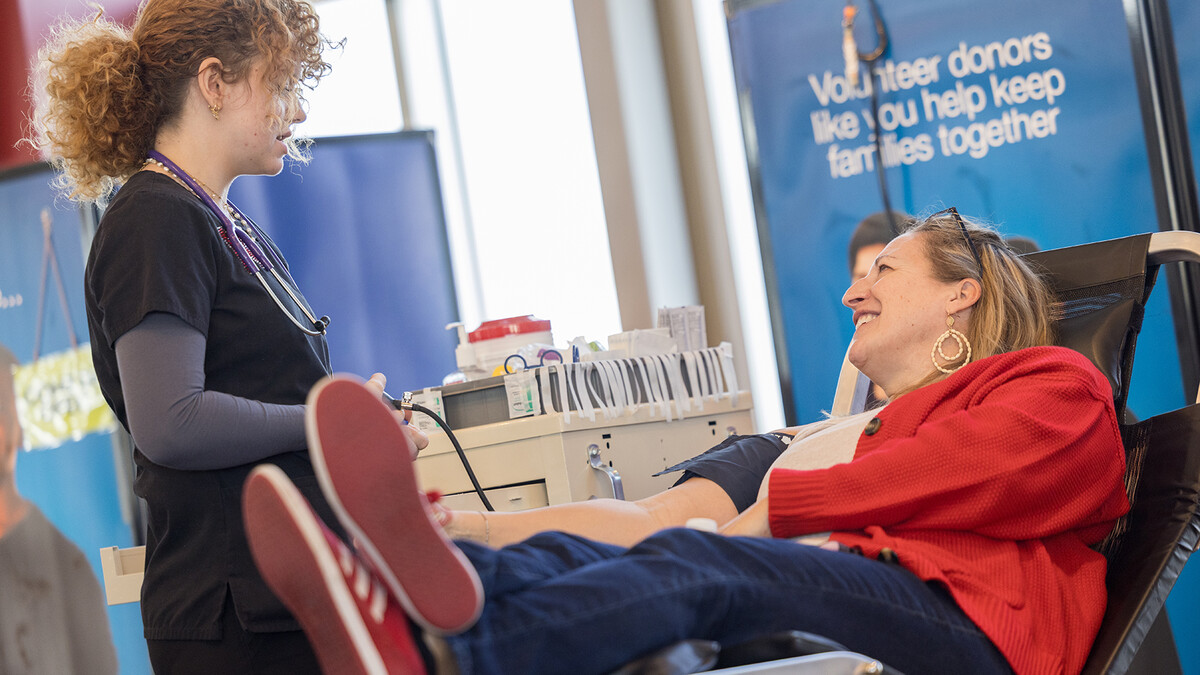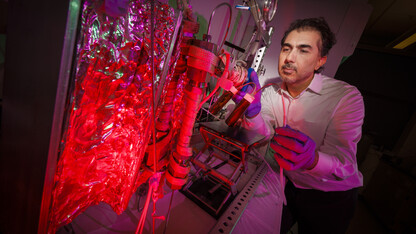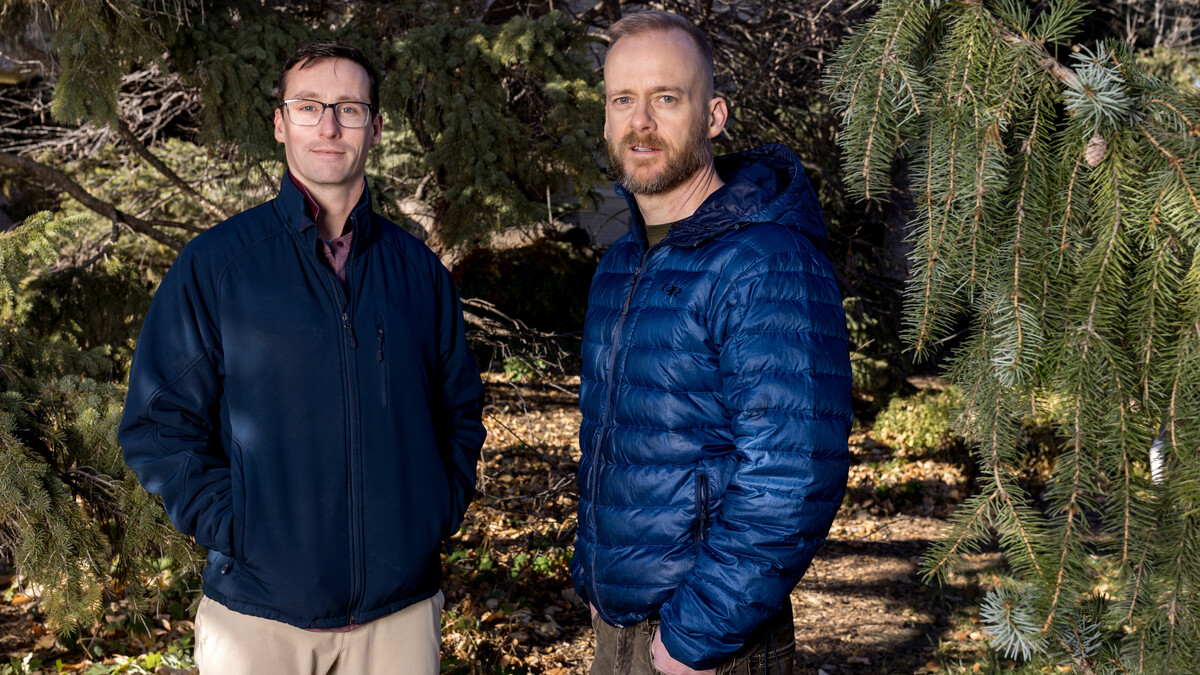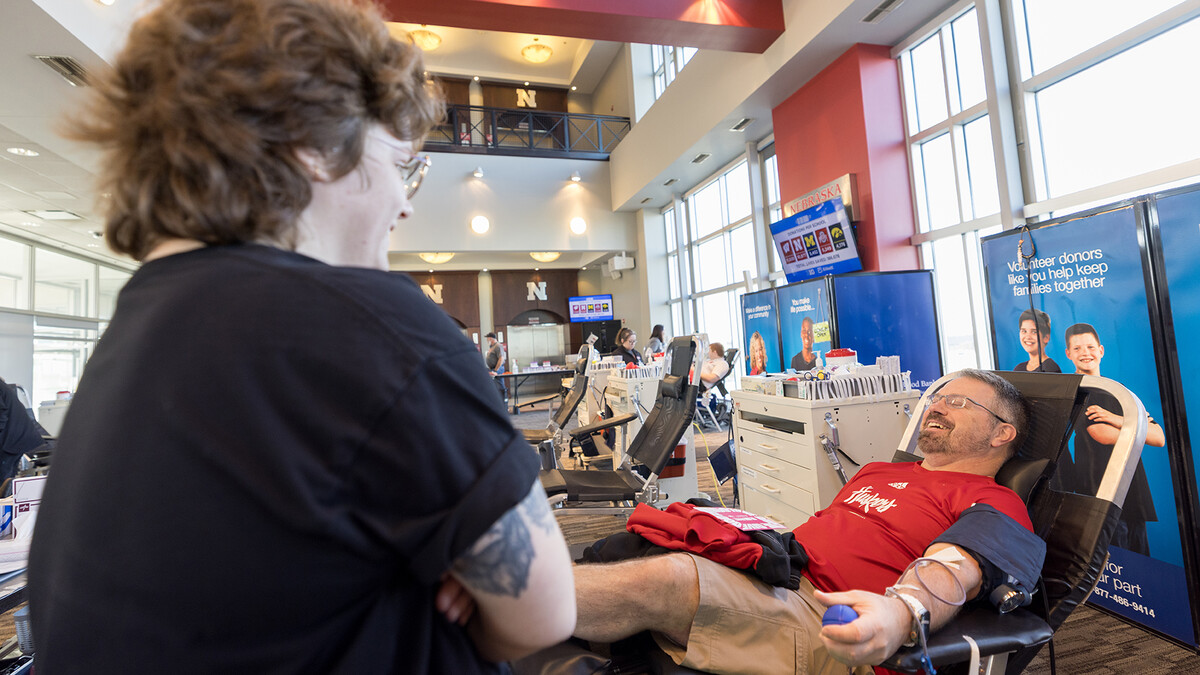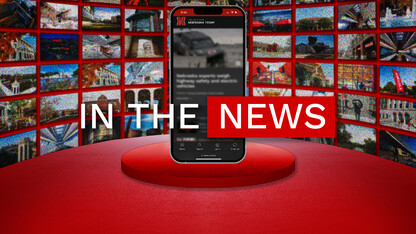
Prem Paul, who came to the University of Nebraska-Lincoln in July 2001, announced Aug. 29 he was stepping down from his vice-chancellor role. He passed away on Sept. 2.
During Paul’s 15-year career, the university made unprecedented strides in its research endeavor, prompting Chancellor Ronnie Green to say that “one has to look long and hard to find another person in the 147-year history of the University of Nebraska who has achieved the level of impact of Prem Paul.”
Significant events illustrating the university’s research progress during Paul’s tenure include:
2001
Prem Paul begins his tenure as vice chancellor for research and dean of graduate studies on July 1, 2001.
2002
The university receives a $5.7 million National Science Foundation grant to establish a prestigious Materials Research Science and Engineering Center.
A $10 million grant establishes the Nebraska Redox Biology Center as a National Institutes of Health Center of Biomedical Excellence.
2003
The Office of Research hosts the inaugural Research Fair, now a biannual campus tradition of celebrating research success.
The university wins a national R&D Top 100 Award for the SAFER Barrier technology. Paul represents the university in receiving this White House award. The technology has become a major success in transportation safety.
2004
The university wins a nearly $5 million NSF grant to launch Math in the Middle, a project to help middle school math educators develop skills to mentor peers and better prepare students. Math in the Middle is the first of several major NSF mathematics education initiatives.
2005
Through a $12.9 million NSF grant, Nebraska geoscientists lead U.S. involvement in the multinational Antarctic geological drilling project ANDRILL. This research continues for more than a decade.
The university wins a prestigious $500,000 Challenge grant through the National Endowment for Humanities to establish a permanent endowment for the Walt Whitman Archive.
2006
Nebraska announces record research funding of $104.6 million, the first time external funding reached the $100 million milestone.
The Extreme Light Laboratory becomes home to the powerful Diocles Laser, establishing the university’s expertise as an international leader in laser research.
The university commercializes dicamba herbicide tolerant technology in the university’s largest licensing deal to date.
2008
The $21 million Ken Morrison Life Sciences Research Center opens. It is home to the Nebraska Center for Virology, an NIH Center of Biomedical Research Excellence, and is expanded in 2014.
In recognition of the university’s growing role in expanding research and business opportunities in Nebraska, Paul is appointed as Vice Chancellor for Research and Economic Development and begins overseeing the university’s economic development efforts. ORED and the Office of the Chancellor teams up to create the new Office of Industry Relations to build relationships with the business community.
The university receives full accreditation from the Association for the Accreditation of Human Research Protection Programs Inc., demonstrating its commitment to the highest quality research and research ethics.
NUtech Ventures is created as a university affiliate to manage intellectual property and technology commercialization activities.
2009
The Office of Research and Economic Development hosted the inaugural Future of Water for Food Conference. The event helped launch the University of Nebraska system’s Water for Food Institute, established in 2010 with a $50 million gift commitment from the Robert B. Daugherty Foundation.
ORED launches the Research Development Fellows Program, an initiative that has helped more than 100 pre-tenure UNL faculty successfully compete for grants.
The university wins a $10 million award from the U.S. Department of Education to form the National Center for Research on Rural Education.
2010
The university takes possession of Nebraska Innovation Campus, designed to serve as a private-public sector research campus. The campus now features multiple buildings, dozens of tenants and a bright future. Paul serves as an original member of the NIC Development Corporation board of directors.
NUtech Ventures commercializes wheat germplasm in far-reaching deal that benefits faculty and students and Nebraska wheat producers for years to come.
2011
Nebraska joins the Big Ten Conference, which opens new opportunities for research collaborations. Today, several faculty hold leadership positions with the Big Ten Academic Alliance, formerly the Committee on Institutional Cooperation.
ORED provides support to repurpose the Whittier Junior High School building on Vine Street as the Whittier Research Center. The building houses interdisciplinary research programs and ORED offices.
2012
The National Strategic Research Institute is established within the university system as the thirteenth university-affiliated research center in the United State under the leadership of system administrators, with significant support from Paul.
The Voelte-Keegan Nanoscience Research Center opens, making Nebraska home to one of the nation’s top nanomagnetics research groups and an NSF-funded Materials Research Science and Engineering Center.
The Office of Research and Economic Development launches the Research and Economic Development Growth Initiative. REDGI has provided a foundation for enhancing the quality of and stature of research, scholarship and creativity and increased the quality and quantity of partnerships.
Paul, along with two other faculty members, is named a charter member of the National Academy of Inventors, a high honor for academic inventors who have demonstrated a spirit of innovation.
2013
NUtech Ventures commercializes soybean germplasm in another far-reaching deal to benefit faculty and students and Nebraska producers into the future.
2014
The university wins an $11.3 million grant to establish the Nebraska Center for Prevention of Obesity Diseases through Dietary Molecules at a National Institutes of Health Center of Biomedical Research Excellence.
2015
The regional Central Plains Research Data Center opens at the university, providing Nebraska researchers and those around the region highly secure access to restricted federal data needed to investigate research questions in greater detail. A partnership with the U.S. Census Bureau and NSF, this new Federal Statistical Research Data Center joins a national network of about 20 centers nationwide.
The university announces a $20 million gift from the Johnny Carson Foundation to launch the Johnny Carson Center for Emerging Media Arts.
2016
Sponsored research reaches a record high in the fiscal year ending June 30, increasing more than 12 percent to $146.9 million.
In July, the university is named to the Nature Index’s top “rising stars” in research for 2016.
In August, Paul steps down from his role as vice chancellor, citing health concerns. He passes away on Sept. 2.

